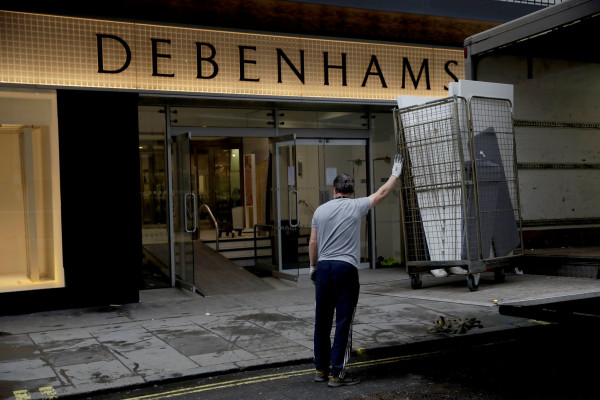The ongoing pandemic has left its mark on every industry, including the UK’s commercial property market.
With reports of some big-name investors struggling to navigate the tumultuous climate brought on by Covid-19 lockdowns, investors need to pay closer attention to the ongoing challenge of generating positive returns while retaining liquidity and considering the long-term impact on the UK’s commercial property sector.
As we continue to find our way out of the pandemic, with the reopening of much of the retail and leisure industries, developments and actions taken over the next five years will significantly shape the ongoing structure of the commercial property sector.
Businesses will seek more flexible terms, and property/asset managers will need to focus on true net operating income to service and meet debt obligations (and meet loan covenants) and produce returns for investors.
To assess what changes are likely to come and to consider the long-term impact of the pandemic, there are three core areas to focus on: leasing term changes, the role of covenants and lenders, and the recuperation of credit. Each of these offers a glimpse into how the pandemic has affected the sector in the short term and what changes are likely to stay.
Commercial rents have long been front page news throughout the pandemic as many big-name brands have fallen into administration and closed units around the country.
Often citing inability to afford rental costs, the focus has swiftly shifted to the landlords and investors managing these properties as the public looks to understand why their favourite stores have closed down. Exasperated by the pandemic-driven online shopping revolution, questions could be asked about the long-term viability of the commercial real estate industry, particularly within the retail sector.
To suggest the physical presence of the retail sector is something of days gone by would be remiss.
As more businesses consider their environmental, social and governance practices, the role of online shopping and its direction forwards becomes increasingly murky.
The increasing backlash against large internet shopping sites for forcing staff to operate off the payroll and on zero-hour contracts, combined with the greater focus on the environmental impact of the significant increase of delivery vehicles, makes the future of online shopping less clear cut than many would believe.
To support businesses and revitalise the UK’s high streets, shopping centres and commercial property, a great deal of adaptation is needed to progress in the 'new normal' and beyond.
The imbalance of business rates has been highlighted throughout the pandemic, as large online retailers pay less in corporation tax compared with physical store retailers.











